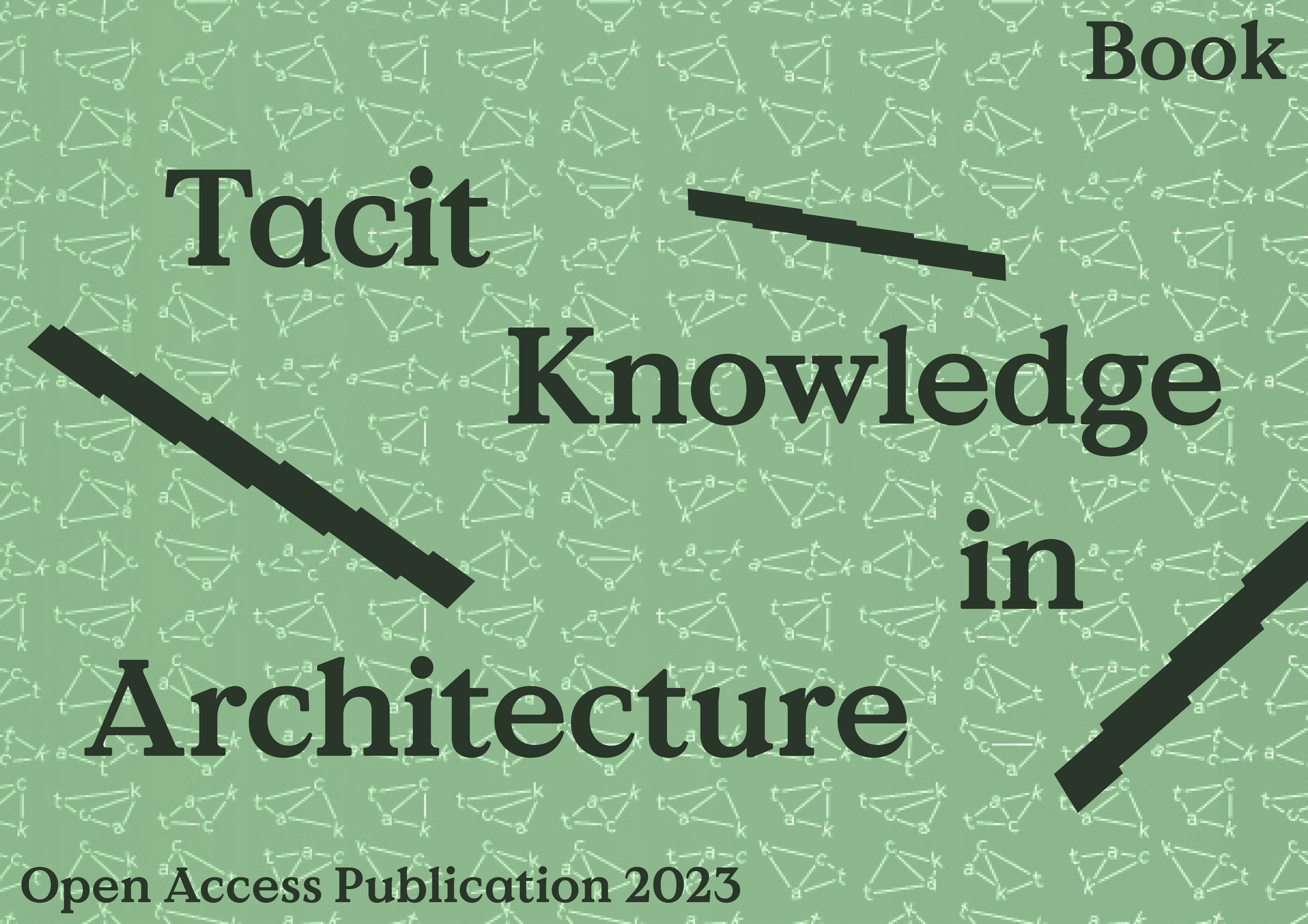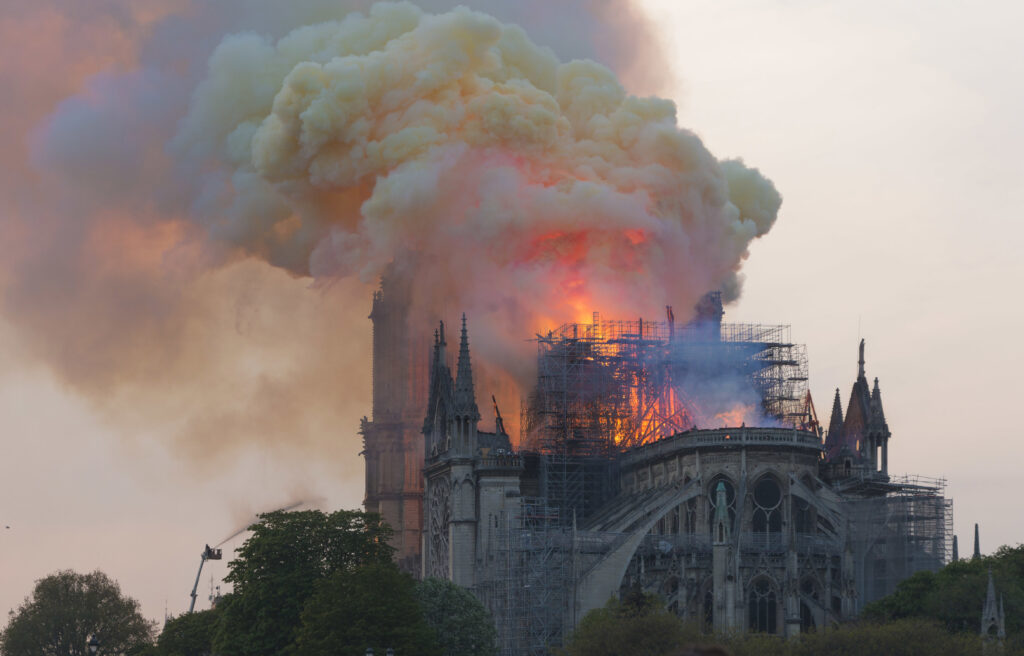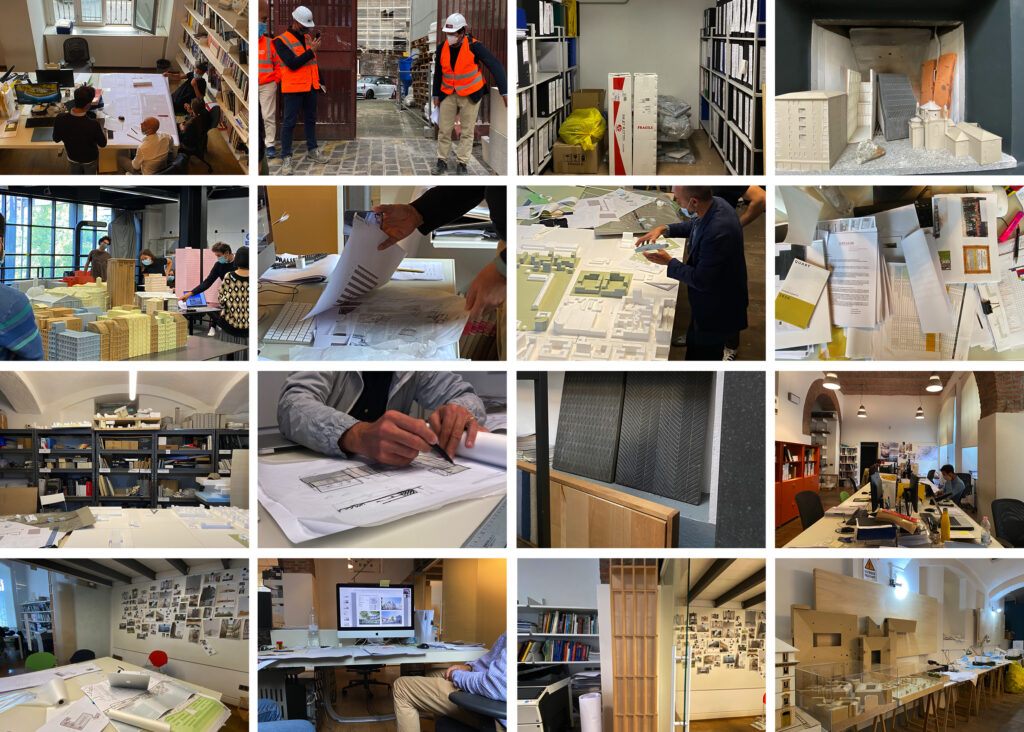ABSTRACT
Building on scenography, performance theory and findings from neurosciences, tacit knowing in architecture is understood here as embodied, embedded and enacted perceptual dimension of our built environment. Through art- and design-based research, tacitly knowing is examined as a form of practice and a new extended reality (XR) design tool is probed to exercise it.
Since the atmospheric turn in architecture (Böhme 2017, McCormack 2014, Bille et al. 2015), it is well known that spatial perception is multi-sensory and that the interplay of our senses goes beyond the cross-fertilization of sight, touch, taste, smell and hearing. Nevertheless, architectural designers may have only touched the surface of what we might be able to feel regarding our spatial environments. Apart from the sensation of our movement and whether our environment is too hot or cold, our abilities to feel space physically remain challenging to represent and communicate through conventional architectural tools. This includes i.e. our sense of balance, our ability to feel time passing, our knowledge of which of our body parts are where without having to look at them, and our sense of gravity, orientation, and illumination.
Some of these “always-there-but-never-felt” sensations can be revealed and physically experienced when entering a fully immersive virtual environment for the first time. As our brain takes a split second to adjust to the novel surroundings, it is at this moment that we can suddenly sense our senses at work. The XR case study “Infra-thin Magick”, exhibited as part of Speculative Fiction at the Academy of Fine Arts Vienna in 2022, explains how such unanticipated insights can be purposefully evoked by displacing and reassembling the components constituting our multimodal and synaesthetic spatial perception. Leaning on the design theoretician Thea Brejzek and Lawrence Wallan’s understanding of the “autonomous model”, this performative real-time and -scale XR model that oscillates between physical installation and virtual reality (VR) experience is employed as an operative tool for designing and analyzing spatial experiences beyond the known sensations of our built environment. First user-testing results are presented, and the premise of the autonomous model to co-create reality and allow architects to research through active participation, first-hand experience, discovery, and play are brought to light.




















































